Samsung Galaxy S25 vs Galaxy S23: Two generations apart
We may earn a commission if you make a purchase from the links on this page.

Intro
The next big Samsung flagship launch is now behind us. The company unveiled the Galaxy S25 series during the Unpacked 2025 event on January 22, showcasing the three Galaxy S models we’re all familiar with by now.
Many people have been eagerly awaiting the new Galaxy S25 series to upgrade their devices, with the vanilla Galaxy S25 shaping out to be one of the most popular and go-to choices. Judging from recent polls and research, it appears that most people tend to upgrade their phones every two years.
Many people have been eagerly awaiting the new Galaxy S25 series to upgrade their devices, with the vanilla Galaxy S25 shaping out to be one of the most popular and go-to choices. Judging from recent polls and research, it appears that most people tend to upgrade their phones every two years.
Galaxy S25 vs Galaxy S23 differences:
| Galaxy S25 | Galaxy S23 |
|---|---|
| Very similar design, dimensions and weight | Similar design but slightly different dimensions, shorter but a bit wider and thicker |
| Slight bigger 6.2-inch screen | Slightly smaller 6.1-inch screen |
| Triple camera system | The same triple camera system with main, ultrawide and 3X telephoto |
| Qualcomm Snapdragon 8 Elite chipset, tuned for Galaxy | Two-generation old Snapdragon 8 Gen 2 chipset |
| Smaller 4,000 mAh battery potentially resulting in shorter battery life | Slightly smaller 3,900 mAh battery, same charging speeds |
| Starting price $799 | Same price at launch, deals available |
Table of Contents:
Read more:
Design and Size
Time freeze
The design of the Galaxy S25 series closely follows the path paved by the past couple of generations. While we wouldn’t call it lazy, we do wish there were some distinguishing features to make the new flagship stand out. According to Samsung, the Galaxy S25 “builds upon Galaxy’s ‘Essential Design’ grounded in ‘Simple, Impactful, and Emotive’ elements.” This translates to the same flat front and back design, flat frame with curved corners, and the signature three-camera arrangement on the back.
In comparison, the Galaxy S23 features a slightly more curved design, but its camera system looks almost identical. This phone started the trend of separate camera cutouts in the vanilla version, borrowing the design language of the Galaxy Ultra. When placed side by side, the Galaxy S25 and Galaxy S23 appear very similar. The new model does have slightly thinner bezels around the screen, and the camera rings are larger and look a bit different. Both phones are unmistakably Galaxy, which might be the desired effect.
In comparison, the Galaxy S23 features a slightly more curved design, but its camera system looks almost identical. This phone started the trend of separate camera cutouts in the vanilla version, borrowing the design language of the Galaxy Ultra. When placed side by side, the Galaxy S25 and Galaxy S23 appear very similar. The new model does have slightly thinner bezels around the screen, and the camera rings are larger and look a bit different. Both phones are unmistakably Galaxy, which might be the desired effect.
Now for some slightly more exciting news: color options. The Galaxy S25 introduces a brand-new color palette, and, in addition, there will be exclusive colors available only through the Samsung online store. Below, you’ll find all the Galaxy S25 color options compared to the Galaxy S23’s available hues.
Galaxy S25 available colors:
- Navy
- Silver Shadow
- Icyblue
- Mint
Galaxy S23 available colors:
- Green
- Phantom Black
- Cream
- Lavender
Display Differences
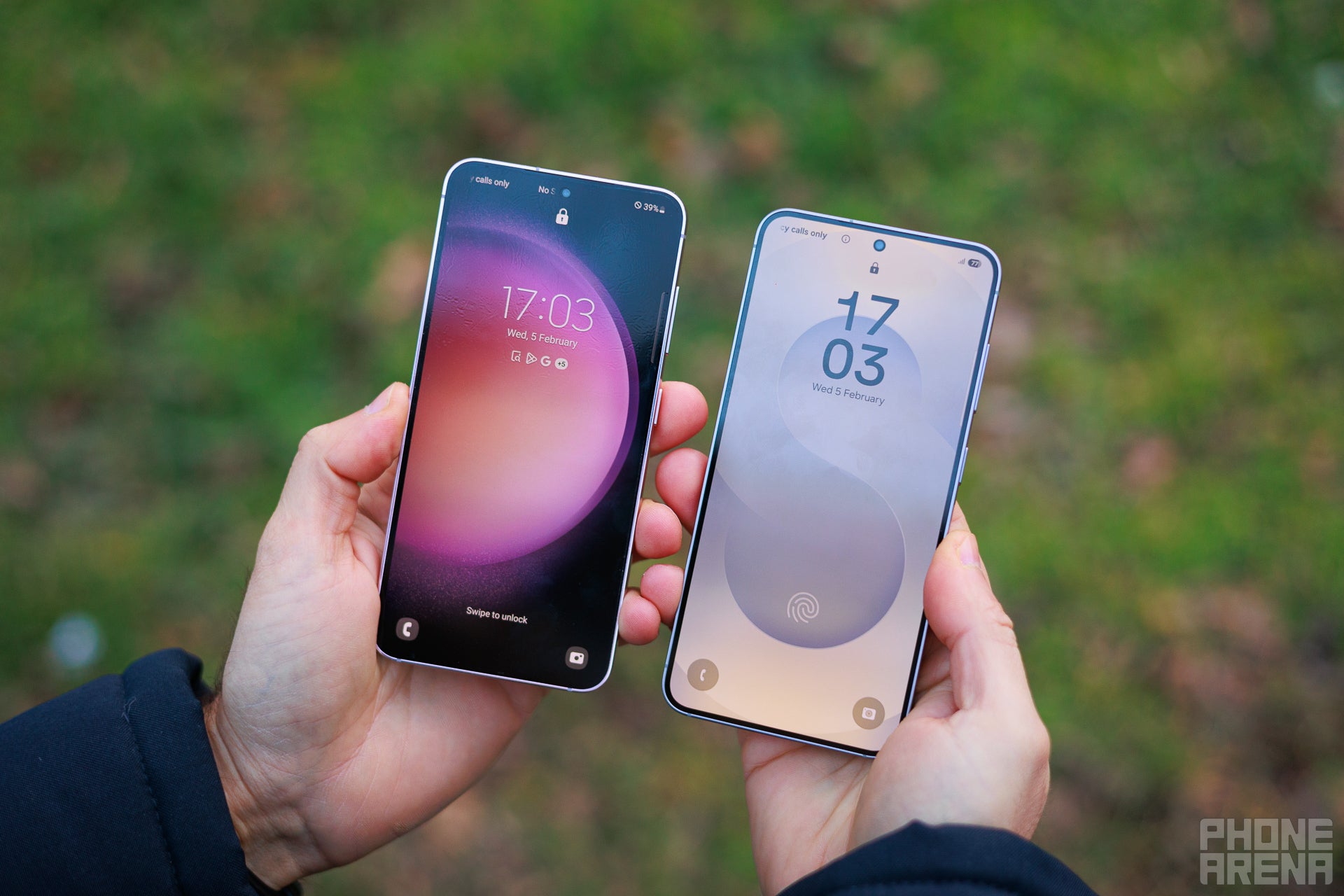
The Galaxy S25 remains one of the most compact Android flagships available, even though its screen has grown by a fraction of an inch. Samsung opted to use the same resolution and technology—a 6.2-inch Dynamic AMOLED 2X display with a Full HD+ (2340 x 1080) resolution and a smooth 120Hz refresh rate. These specs result in a pixel density of approximately 416 PPI and a screen-to-body ratio of 91.2%.
The specs above are very similar to those of the Galaxy S23. The two-year-old flagship features a slightly smaller 6.1-inch AMOLED display with the exact same resolution (2340 x 1080). However, due to its smaller size, the pixel density is slightly higher at around 425 PPI. The thicker bezels surrounding the screen on the S23 result in a lower screen-to-body ratio of about 86.8%. Both phones use LTPO technology for their displays and can do a dynamic 120Hz refresh rate.
The specs above are very similar to those of the Galaxy S23. The two-year-old flagship features a slightly smaller 6.1-inch AMOLED display with the exact same resolution (2340 x 1080). However, due to its smaller size, the pixel density is slightly higher at around 425 PPI. The thicker bezels surrounding the screen on the S23 result in a lower screen-to-body ratio of about 86.8%. Both phones use LTPO technology for their displays and can do a dynamic 120Hz refresh rate.
Display Measurements:
The advertised brightness is higher on the Galaxy S25, with Samsung claiming a peak brightness of 2,600 nits, compared to the Galaxy S23’s 1,750 nits. However, companies often measure these figures using a very small portion of the display.
This time around, though, these claims have transformed into real life brightness difference. The two-generations old S23 lags behind on that front and the new S25 is noticeably brighter. That said, in terms of color accuracy, temperature and minimum brightness, both phones perform equally good.
In terms of biometrics, both phones feature the same ultrasonic under-display fingerprint sensors. This makes sense, as the system has been tried and tested and works quite well, so no need to change or upgrade it.
In terms of biometrics, both phones feature the same ultrasonic under-display fingerprint sensors. This makes sense, as the system has been tried and tested and works quite well, so no need to change or upgrade it.
Performance and Software
Elite silicon versus Gen 2
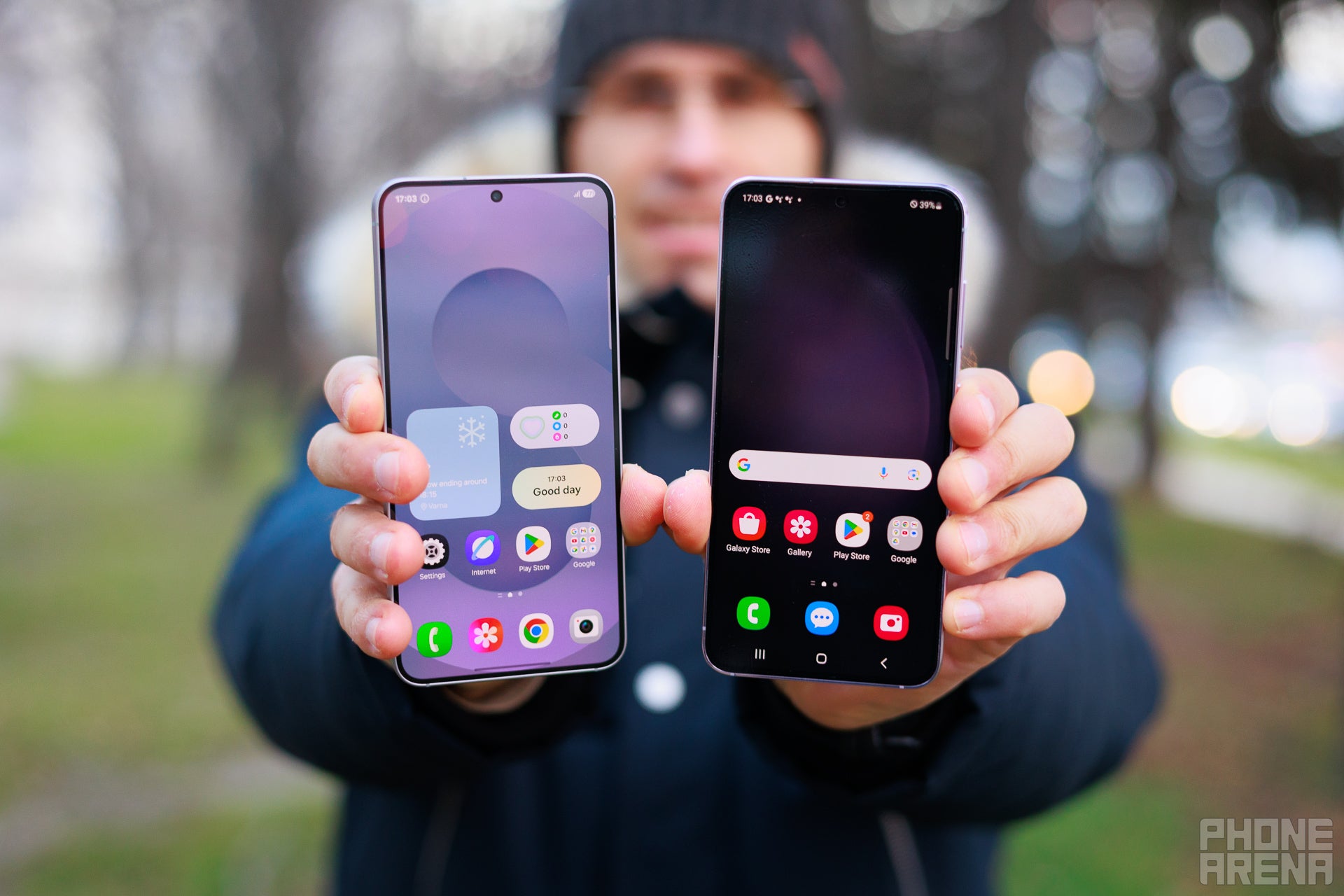
The big talking point in the Android community is the recently announced Snapdragon 8 Elite chipset. Based on benchmarks from the latest Android flagships featuring this processor, it’s on par with Apple’s A18 Pro chip (and even outperforms it in some tests), which is exciting, to say the least.
The Galaxy S25 is powered by the aforementioned Snapdragon 8 Elite, specifically tuned “for Galaxy.” According to Samsung, “this is the most powerful processor ever on the Galaxy S series, delivering a performance boost of 40% in NPU, 37% in CPU, and 30% in GPU compared to the previous generation.”
The Galaxy S23, by comparison, features the Snapdragon 8 Gen 2 hardware platform. While it’s still a strong performer, its raw performance is significantly lower than that of the Elite model. But enough chit-chat. Let's check this out!
The Galaxy S23, by comparison, features the Snapdragon 8 Gen 2 hardware platform. While it’s still a strong performer, its raw performance is significantly lower than that of the Elite model. But enough chit-chat. Let's check this out!
Unsurprisingly, the gap between these chipsets is significant. This doesn't mean the S23 is slow or anything, but if you want a futureproof phone, the S25 has more oomph under its hood to handle new software tricks in the future. Speaking of which...
Another key point is the Galaxy AI improvements. The Galaxy S25 comes with enhanced AI capabilities thanks to its faster, AI-optimized chipset, along with new and exclusive (at least for now) software features.
One such feature is Now Brief, which provides contextual information at a glance, tailored to the time of day. The long-awaited Gemini interactions with other apps have arrived, and Galaxy AI now includes a feature to summarize YouTube videos. While some of these features may eventually trickle down to older Galaxy S models (including the S23), some may be hardware-dependent, meaning a software update alone won’t do the trick.
Speaking of updates, the Galaxy S25 boasts seven years of software support. The Galaxy S23, on the other hand, is already two years old, and is scheduled to stop receiving Android updates by late 2026. This is a clear downside, as the S25 will continue getting Android updates until 2032—a year that sounds like it belongs in a science fiction movie.
Another key point is the Galaxy AI improvements. The Galaxy S25 comes with enhanced AI capabilities thanks to its faster, AI-optimized chipset, along with new and exclusive (at least for now) software features.
Speaking of updates, the Galaxy S25 boasts seven years of software support. The Galaxy S23, on the other hand, is already two years old, and is scheduled to stop receiving Android updates by late 2026. This is a clear downside, as the S25 will continue getting Android updates until 2032—a year that sounds like it belongs in a science fiction movie.
Camera
Is it all in the software now?
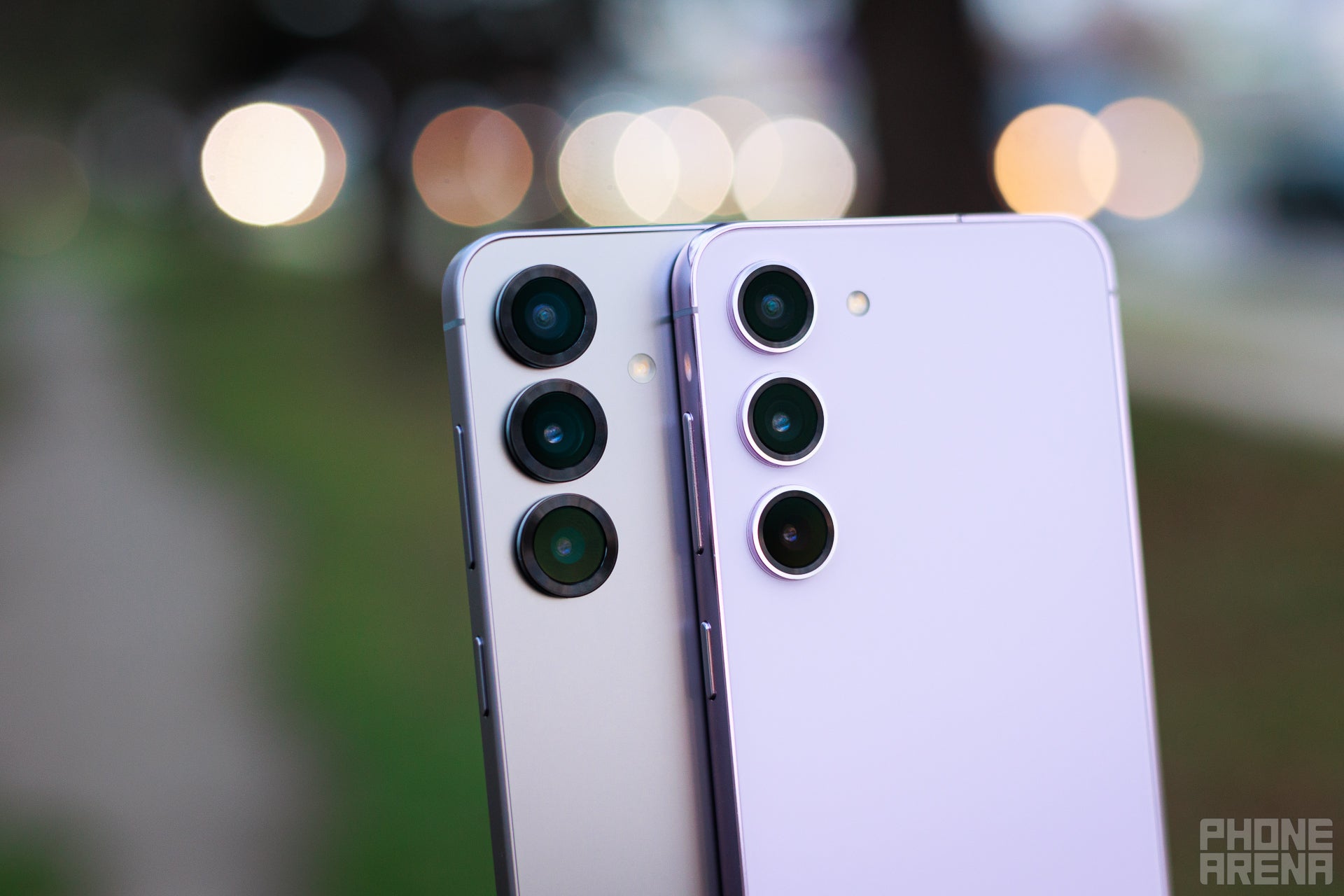
PhoneArena Camera Score:
When it comes to camera innovation, both Samsung and Apple have been slowing down in recent years, at least on the hardware side. Even before AI became such a significant focus in the industry, post-processing algorithms played a crucial role in smartphone photography, handling much of the heavy lifting.
The camera system in the Galaxy S25 appears unchanged from the previous generation, which can, in turn, be traced back to the Galaxy S23. As a result, the same camera hardware specs are found on two phones that are two generations apart.
The camera system specs for both the Galaxy S25 and the Galaxy S23 are practically identical:
The camera system in the Galaxy S25 appears unchanged from the previous generation, which can, in turn, be traced back to the Galaxy S23. As a result, the same camera hardware specs are found on two phones that are two generations apart.
The camera system specs for both the Galaxy S25 and the Galaxy S23 are practically identical:
Galaxy S25 and S23 series camera specs:
- Main (wide)—50 MP, f/1.8 aperture, 24mm, 1/1.56", 1.0µm, dual pixel PDAF, OIS
- Ultra-wide—12 MP, f/2.2, 13mm, 120˚, 1/2.55" 1.4µm, Super Steady video
- 3x telephoto—10 MP, f/2.4, 3X zoom, 1/3.94", 1.0µm, PDAF, OIS
- Selfie camera—12MP
Looking at the samples, one thing is evident - the oversaturated colors from the S23 are gone in the S25 samples. This is true on all the cameras, pointing toward a different post-processing algorithms altogether. Other than that, the quality is pretty similar, especially when comparing samples from the main camera of both phones.
The ultrawide shots are also very close, again preserving the natural and toned down colors in the S25 samples versus the boosted hues of the S23. When zooming there are far less artifacts on the new phone, and in general the telephoto samples look better on the S25. Selfie samples are almost identical, but in some lighting scenarios the S25 does a better job with exposure and white balance. Time to take a look at a quick video comparison.

Battery Life and Charging
Same old, same slow?
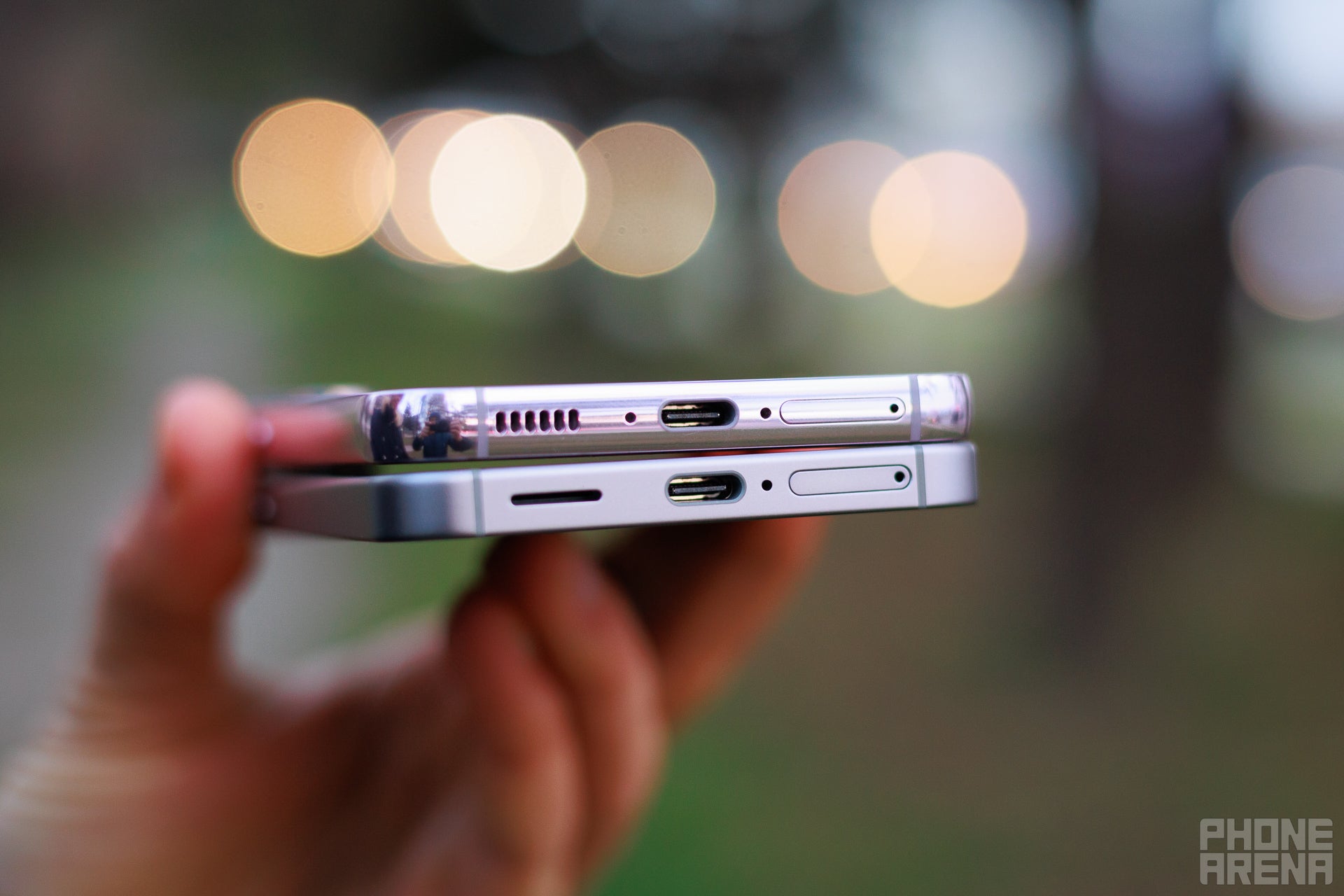
The déjà vu effect continues in the battery department. The Galaxy S25 features the same 4,000mAh cell as its predecessor, which is just 100mAh larger than the 3,900mAh battery found in the Galaxy S23.
The Galaxy S23 managed approximately 5 hours and 49 minutes of screen-on time in our battery test, ranking 61st among phones tested in the past two years. This isn’t particularly impressive, but other factors need to be considered, such as the different hardware platforms, display efficiency, and AI battery optimization. Time to pit these two against each other on the battery benchmark arena.
The Galaxy S23 managed approximately 5 hours and 49 minutes of screen-on time in our battery test, ranking 61st among phones tested in the past two years. This isn’t particularly impressive, but other factors need to be considered, such as the different hardware platforms, display efficiency, and AI battery optimization. Time to pit these two against each other on the battery benchmark arena.
PhoneArena Battery and Charging Test Results:
Well, it seems that the more efficient Snapdragon 8 Elite plus the 100mAh more in battery capacity give the Galaxy S25 an edge over it's grandparent, especially when it comes to browsing and 3D gaming. The score is almost identical in the video streaming test, probably due to the low impact playing video content has on the CPU and GPU (it's down to screen efficiency in that case).
But the victory for the S25 is more than clear, you get 3 more hours of browsing and 4 more hours of gaming compared to the S23.
Galaxy S25 battery capacity and charging speeds:
- 4,000mAh battery, 25W wired charging, wireless charging support
Galaxy S23 battery capacity and charging speeds:
- 3,900mAh battery, 25W wired charging, wireless charging support
Specs Comparison
Here's a quick comparison table for the number nerds out there. You can check out the full version on PhoneArena.
| Specs | Galaxy S25 | Galaxy S23 |
|---|---|---|
| Dimensions | 146.9 x 70.5 x 7.2mm | 146.3 x 70.9 x 7.6 mm |
| Weight | 162 grams | 168 grams |
| Screen | 6.2-inch Super AMOLED 1-120Hz | 6.1-inch Super AMOLED 10-120Hz |
| Processor | Qualcomm Snapdragon 8 Elite | Qualcomm Snapdragon 8 Gen 2 |
| RAM, Storage and Price | 12/128GB for $799 | 8/128GB for $799 |
| Cameras | 50MP main, f/1.8 12MP ultra-wide, f/2.2 10MP 3X zoom, f/2.4 12MP front | 50MP main, f/1.8 12MP ultra-wide, f/2.2 10MP 3X zoom, f/2.4 12MP front |
| Battery Size | 4,000 mAh | 3,900 mAh |
| Charging Speeds | 25W wired wireless support | 25W wired wireless support |
Summary
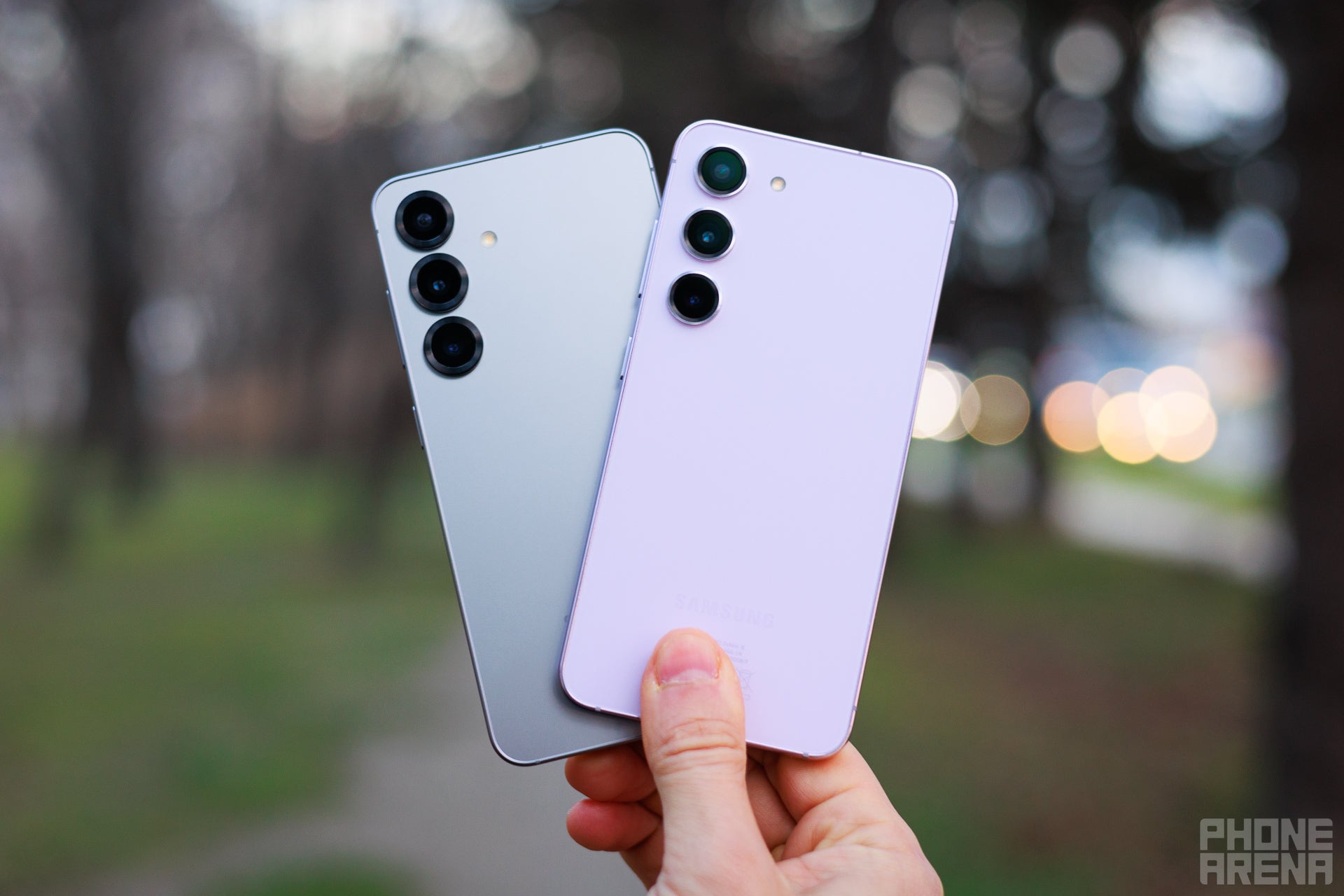
This one looks straightforward, at least on paper. There’s a solid reason to upgrade if you’re coming from the Galaxy S23. The new flagship, the Galaxy S25, not only features the best silicon available on an Android phone to date (even faster with the “for Galaxy” treatment) but also offers seven years of software upgrades.
Even thought he camera is virtually the same hardware-wise, the AI magic and processing on the Galaxy S25 make photos look better. The same goes for the battery longevity. The S25 features a 100mAh larger battery than the S23 but the results in the battery test sway the scales in favor of the newer phone and by some margin at that!
All in all, the S25 is a great device to upgrade to if you're coming from the S23.
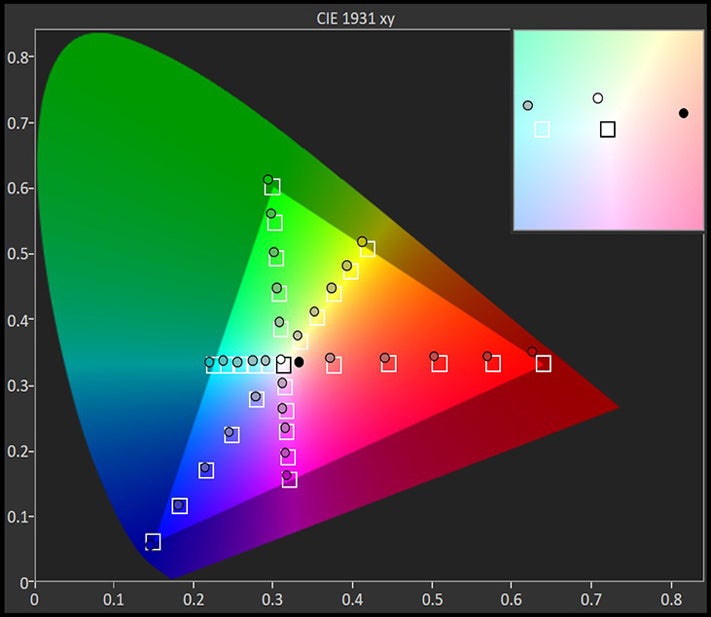
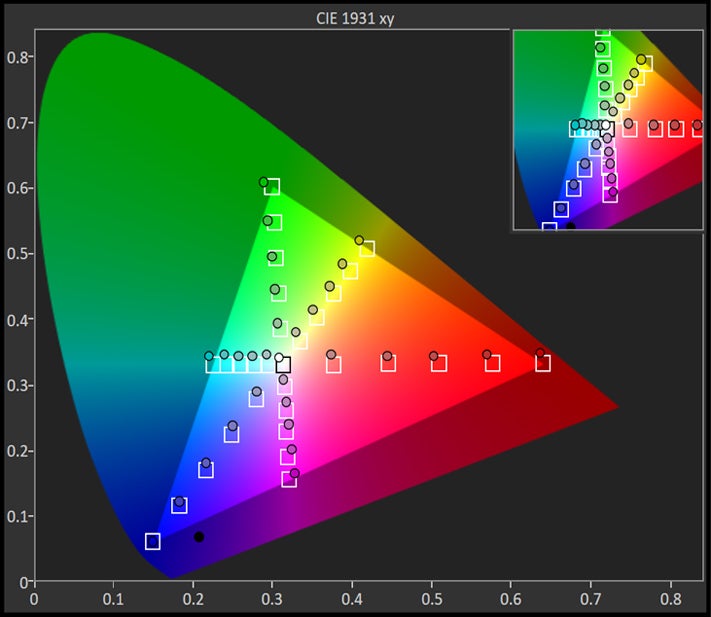





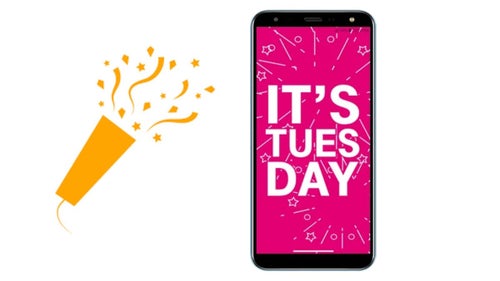
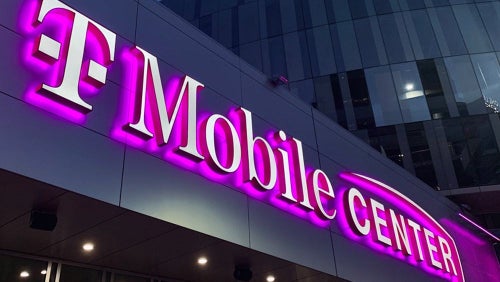


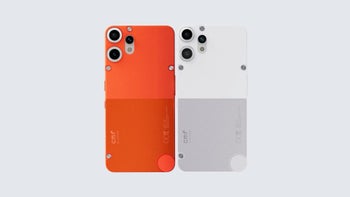
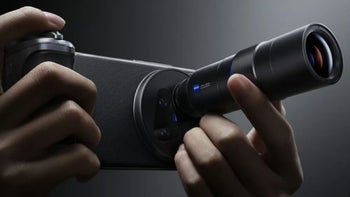
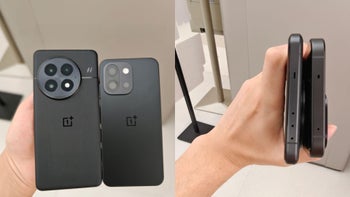

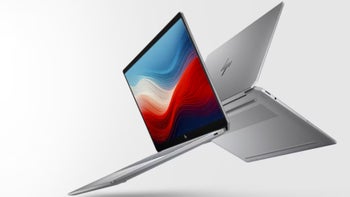






Things that are NOT allowed: